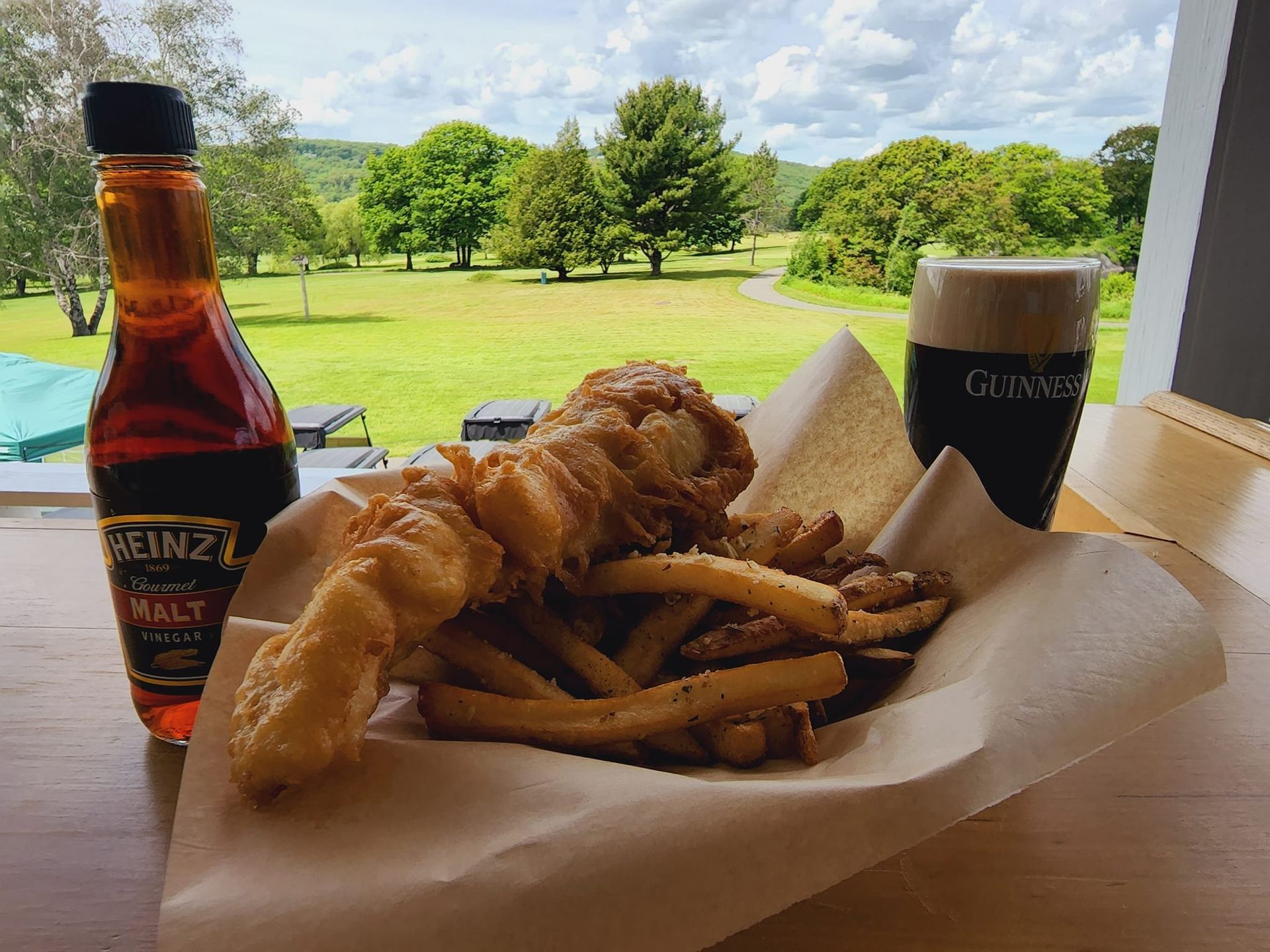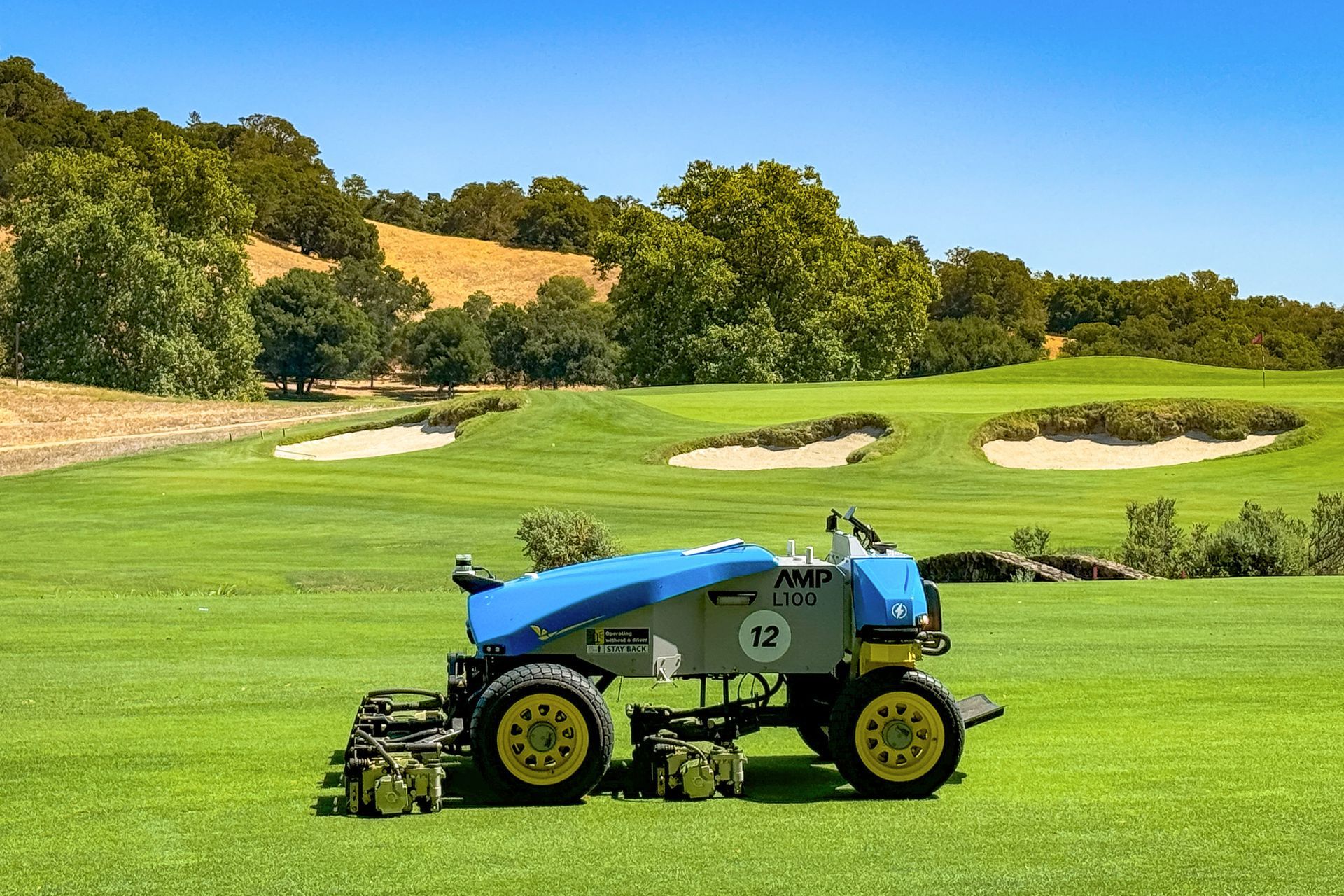May 28, 2025
Bentgrass or Bermuda? What Today’s Superintendents Are Choosing and Why

Exploring the Modern Decision-Making Process Behind Grass Selection on Golf Courses Across the U.S.

The Grass Debate Beneath the Greens
For decades, the debate between bentgrass and Bermuda has been a quiet war playing out on fairways and greens across the country. While golfers focus on yardage and pin placements, superintendents wrestle with the science and strategy behind the turf beneath their feet. Each choice carries implications far beyond color and texture—from maintenance schedules to playability, climate adaptability, and long-term costs. In today’s golf landscape, where sustainability, performance, and aesthetics intersect, the choice between bentgrass and Bermuda has never been more pivotal.
Understanding the Legacy and Evolution of Turf Preferences
Historically, turf selection was dictated largely by geography and tradition. Bentgrass dominated northern courses, where cooler temperatures allowed it to flourish with fewer disease pressures. Meanwhile, Bermuda became the go-to choice in the South, thriving in high heat and rebounding quickly from foot traffic. These distinctions, once clear-cut, have blurred as breeding programs have introduced new hybrid strains with enhanced resistance, shade tolerance, and color retention.
Advancements in agronomy have made it possible for courses to experiment with varieties that may not have been viable just a decade ago. Superintendents are no longer confined to default choices. Instead, they’re empowered by a broader set of tools and data, leading to strategic selections that align with their club’s budget, performance expectations, and environmental goals. As the turf industry evolves, tradition is giving way to innovation, and what was once standard is now up for reevaluation.
Beyond climate, legacy preferences have also been influenced by the play style promoted by each turf type. Bentgrass, with its smooth, fast putting surfaces, appeals to purists and tournament players. Bermuda, by contrast, offers firmness and durability in conditions that might otherwise overwhelm bentgrass. As both grass types evolve through hybridization, their strengths increasingly overlap, making the decision more complex.
The Climate Factor – A Shifting Line in the Soil
Perhaps no factor has shaped grass selection more than climate. In the age of climate change, historic weather patterns can no longer be relied upon to dictate long-term turf strategy. Superintendents in traditionally cool-weather zones are experiencing prolonged heat waves, while southern regions may encounter unexpected frost. This has forced many course managers to rethink their choices, taking a hard look at the resiliency of their existing turf.
Bentgrass, while elegant and smooth, suffers quickly in extreme heat. Without diligent irrigation and careful management, it can become stressed, opening the door to disease and turf loss. Bermuda, on the other hand, tolerates heat and thrives under intense sunlight but can struggle during extended cool spells. Understanding not only the average climate but also its variability is now part of the superintendent’s calculus.
Hybridization has again played a role in meeting the challenges posed by climate. New cultivars of Bermuda, like TifTuf and Latitude 36, are pushing the boundary line north, allowing warm-season grasses to thrive in places they once couldn't. Conversely, improved bentgrass strains like Pure Distinction or 007XL offer increased heat tolerance, giving course managers more flexibility. But climate remains the most unpredictable variable, and it continues to drive innovation and caution in equal measure.

Maintenance, Labor, and Costs – The Practical Realities
Turf selection isn’t just a matter of aesthetics or tradition—it’s a financial and labor-intensive decision. Maintenance requirements vary widely between bentgrass and Bermuda, and these requirements impact daily operations, staffing, and equipment needs. Bentgrass typically requires more frequent mowing, careful irrigation, and watchful disease management. The costs associated with this level of attention can be substantial, particularly during hot summer months.
Bermuda, by contrast, often requires less water and fewer chemical treatments during its peak growing season. Its aggressive growth does mean more frequent edging and thatch management, but many superintendents find its overall resilience appealing from a cost-saving perspective. The reduced need for chemical intervention has also appealed to clubs prioritizing sustainability and environmental stewardship.
Labor shortages, which have plagued many industries in recent years, play a critical role in these decisions. A course struggling to maintain a full crew might lean toward Bermuda for its lower day-to-day labor demands, especially during high-stress summer periods. Conversely, a club with the resources to support a larger team may still opt for bentgrass to maintain a specific play experience or visual appeal. Every grass choice is, in part, a labor strategy.
Playability and Golfer Expectations
Ultimately, turf is the stage upon which the game is played. Playability matters—a lot. Golfers notice the speed of the greens, the firmness of the fairways, and how well a ball holds its line or checks on a chip shot. Bentgrass is often celebrated for its smooth, consistent putting surfaces, especially in cooler weather. Its fine leaf texture and uniformity have earned it a loyal following among golfers and tournament organizers.
Bermuda, especially the newer hybrids, is closing the gap quickly. Improvements in density, roll quality, and aesthetics have helped Bermuda gain ground in regions previously dominated by bentgrass. In warmer climates, Bermuda’s performance is not only comparable but in some cases preferable due to its consistency under heat and heavy play.
Golfer expectations continue to evolve as exposure to different playing conditions increases. Traveling players and televised tournaments have introduced golfers to a wide variety of turf experiences. As a result, many are more open-minded about what “excellence” looks and feels like. Superintendents now balance tradition with perception, managing expectations while optimizing their course’s performance and resilience.
Sustainability and Environmental Pressures
In today’s golf industry, sustainability isn’t just a buzzword—it’s a mandate. Water restrictions, pesticide regulations, and carbon footprint concerns are reshaping the decisions superintendents make daily. Turfgrass selection plays a central role in a club’s environmental impact, influencing everything from irrigation schedules to soil health and biodiversity.
Bermuda has increasingly gained favor for its drought resistance and lower input needs. Many clubs in water-restricted areas are transitioning to Bermuda or hybrid warm-season grasses to reduce consumption. This aligns not only with environmental goals but also with the need to maintain playability in times of water stress. Some municipalities have even incentivized such transitions as part of regional conservation efforts.
Bentgrass, though historically favored in premium golf environments, is under increased scrutiny for its resource demands. Innovations in turf care have helped mitigate some of these concerns, but it remains a higher-maintenance choice in regions facing climate and water pressures. For clubs prioritizing eco-certification or aiming to enhance their environmental image, these factors weigh heavily in the decision.

The Role of Technology and Data in Turf Selection
Modern superintendents are equipped with more data than ever before. Soil sensors, satellite mapping, drone imagery, and sophisticated modeling tools allow them to make decisions that are deeply informed by empirical evidence. This data-driven approach has transformed how turf is managed and, importantly, how it is chosen in the first place.
Trial plots, performance analytics, and input tracking help turf professionals assess how different grasses perform under real conditions. Clubs can monitor everything from root depth to water use efficiency and disease resistance. This empirical evidence often validates the case for transitioning to a new grass type or reinforces confidence in a legacy choice.
Technology has also enabled more proactive management. For example, superintendents can now use predictive modeling to anticipate stress periods or disease outbreaks and adjust maintenance protocols accordingly. These advancements not only protect the turf but also extend its viability, making formerly high-risk choices more manageable.
Looking Ahead – The Future of Turf Management in Golf
As the turf landscape continues to evolve, so too will the tools, technologies, and philosophies that drive grass selection. The next generation of superintendents will be expected to balance tradition with innovation, sustainability with performance, and aesthetics with resilience. The lines between bentgrass and Bermuda territories will continue to blur as both grasses adapt and improve.
It’s also likely that the industry will see more experimentation. Courses may begin to diversify their turf choices within a single property, selecting bentgrass for showcase holes and Bermuda for areas with higher wear. These hybrid strategies, informed by analytics and supported by improved turf science, could become a new norm.
The future may also involve more collaboration between turf breeders, researchers, and superintendents. As environmental challenges intensify, the demand for grasses that are both beautiful and practical will increase. Superintendents will be at the forefront of this movement, shaping the playing fields of tomorrow with both artistry and intelligence.
The Superintendent’s Dilemma – and Opportunity
Choosing between bentgrass and Bermuda isn’t about finding the perfect answer—it’s about asking the right questions. What are the course’s climate challenges? What are the budget constraints? How do members define an ideal playing experience? In 2025 and beyond, the superintendent’s role is as much about strategic leadership as it is about horticultural expertise.
The good news? There’s never been a better time to make an informed decision. With improved varieties, better tools, and a growing body of research, today’s turf professionals are equipped to choose grasses that reflect the unique needs of their course. Whether it’s bentgrass, Bermuda, or a blend of both, the modern superintendent holds the keys to an exceptional and sustainable golf experience.
More from Fairway Control












